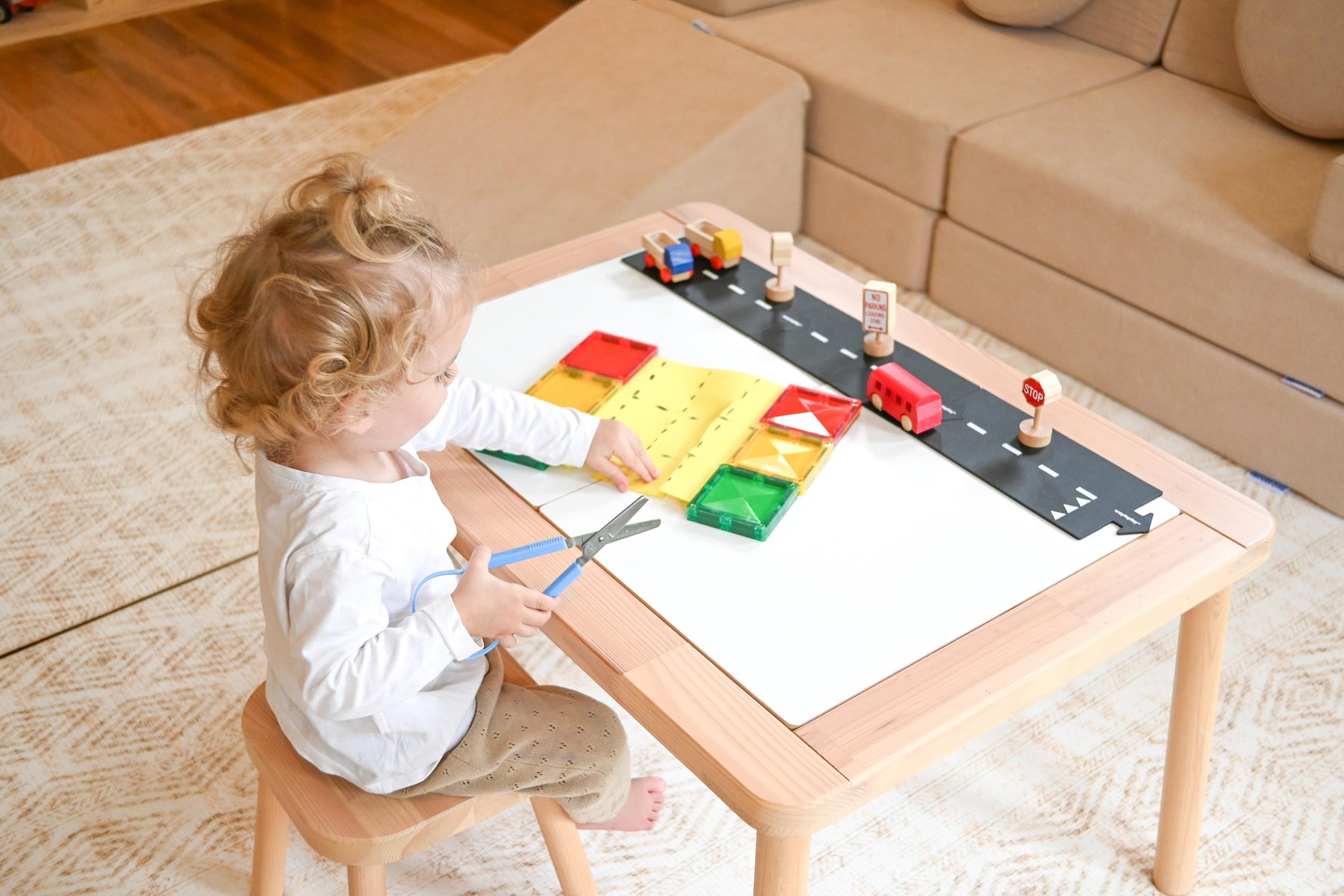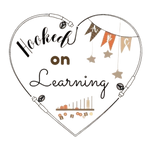
Scissors in Early Years Education - By Annie Gore
Unleashing scissors into little hands might frighten the life out of some parents and educators, however, the benefits of learning to effectively use scissors is not only a skill that will teach our little people to cut along a line, but it also combines a host of other developmental skills.
The benefits of scissor skills
- Build hand and finger strength
- Develop skills for fingers to work together
- Independent movements of each finger
- Increased hand and finger dexterity
- Promote functional grasp
- Increase focus and attention to a task
- Promote bilateral coordination – necessary to hold scissors in one hand and hold the paper in the other.
- Promote eye-hand coordination – required when cutting along a line
How to teach scissor skills?
Now we know all the learning that can come from involving scissors in your little ones' art and opportunities for play, it is also important to recognise that like any other skill that little minds are learning, this is something that is complex and takes practice and encouragement to master.
- Make sure your child is sitting up straight, ideally in a chair with good back support and at a table with their feet on the floor
- Model the skill for them - i.e., you physically show them how to cut along a line. If they continue to struggle, offer a hand over hand assistance so they can feel what part of their hand or fingers they should be using
- Use scissors that are the right size and shape for their hands
- Encourage children to use the scissors in their dominant or preferred hand
- Offer activities (such as the one below) to encourage children to use scissors slowly and with purpose

Boundaries
Entrusting toddlers and young children to use scissors may seem like a scary step, what if they cut themselves or someone else? What if they get snip happy with their newfound skills and give themselves or their teddy bear a haircut?
Life skills often come with associated risks, for example, they could cut themselves while chopping up their own snacks or fall when climbing up into their learning tower to be on the bench, however, these risks can be managed. Teaching little people how to assess risk and make a judgement about how they behave is an equally important element in offering them the opportunity to learn skills, like how to use scissors!
There is plenty of information out there about how to manage risky learning and play, and some people will be comfortable with a higher level of risk than others. This is your choice, and you need to choose your boundaries.
But what about those darn scissors?! Do I offer them or not?
There is a whole range of safety scissors that you can get, specifically designed for tiny hands to manipulate. As the name suggests, these are also “safe” or at least “safer” than regular scissors. They will often have a spring in the handle to open back out when they aren’t being squeezed together. I’d suggest starting by offering these, they are safer and easier to use.
Depending on your child’s dexterity and fine motor skills, scissor skills might come easily, for others this may be more of a struggle. Like any activity, if your child is struggling beyond a level that is within their Zone of Proximal Development (aka the skill is not something that is achievable, and they are feeling utterly overwhelmed), consider putting the scissors aside and coming back to them another time. There is still plenty of learning to be done in lots of other activities!
If your child does start becoming snip happy and isn’t using scissors in a way that is safe, be honest with them and explain why this can’t happen. If it continues, let them know that you’re going to have to remove the scissors from the activity for the day and that you’ll come back to it another time. Perhaps consider finding a way to nourish the desire to be cutting, but in a safer way (e.g., Draw lines for there to carefully tare along or use perforated paper).
Authored by Annie Gore of @raisingthemwild_ (Instagram)


Leave a comment